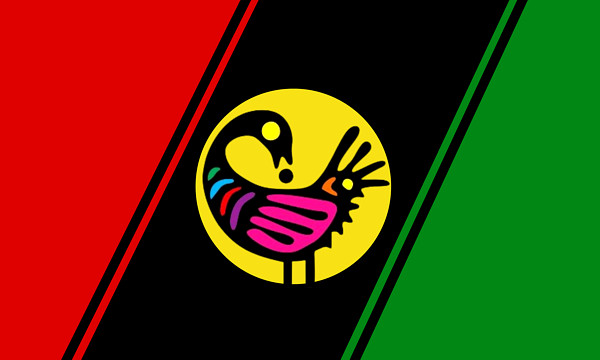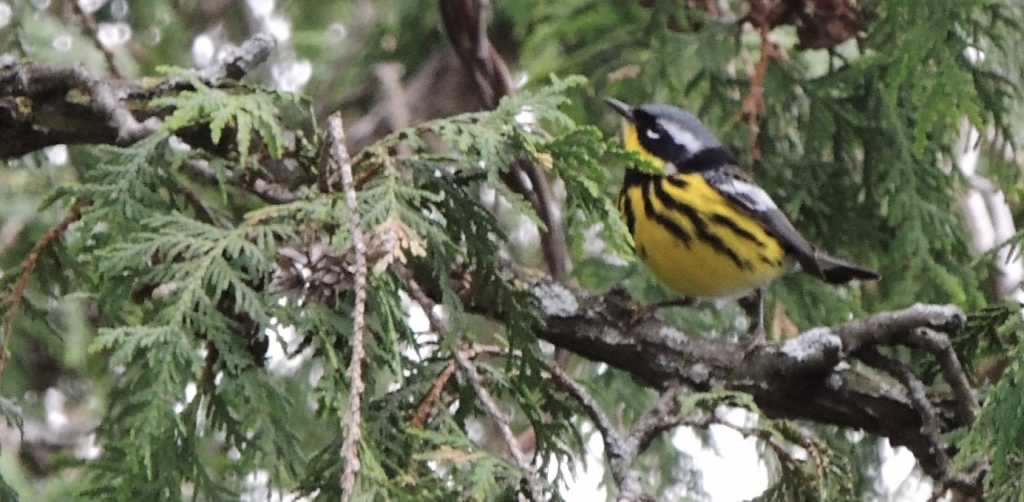Essay by Maya Jazayeri, published here courtesy of the Halton Black History Awareness Society
This week, Local-news.ca presents the second winning essay from the Halton Black History Awareness Society’s (HBHAS) 2024 essay contest for Halton secondary students, “Local Lens: Multiculturalism — Cultural Equality.” This week, we’ve got second-place winner and Burlington Central High School student Maya Jazayeri’s essay. Maya also won the 2023 HBHAS essay contest. Congratulations, Maya!
A Quilted Tapestry: Multiculturalism and Black History in Halton
By Maya Jazayeri
Envision a quilt, in which every fragment tells a distinct tale that is pieced together to form a masterpiece of tenacity, adversity, and resilience. Now imagine this quilt symbolizing not only a family heirloom but also the history of Black communities in Halton. Similar to a quilt, Halton’s Black history is made up of many interwoven threads that bear witness to the resilient nature and rich cultural heritage of its people, creating a story that is as diverse and colorful as it is profound. Through an examination of the quilts’ intricate patches this essay tells stories of hope and resilience that still shape Halton’s rich history to this day. In doing so, it will also reinforce actionable propositions, exploring what Canada can do to improve cultural equality and foster multiculturalism while reflecting on the current status.
The synergy of multiculturalism
Throughout Halton’s historical timeline, the many different cultural groups and diverse settlers established connections and shared cross-cultural interactions, resulting in the development of the vibrant and cooperative community we know today. This sense of interconnection enriched the social fabric of Halton, leading to collaborative engagements in fields such as education, business, and social activism. By drawing inspiration from one another’s efforts to combat discrimination and advocate for greater inclusion, these diverse communities found common ground in their journey of cultural reconciliation, paving the path for one another. For example, Black settlers arriving via the Underground Railroad laid the groundwork for more diverse groups to come, forging a community that was already already open to multiculturalism.
The Black community
Halton’s Black history traces back to the early 19th century when the region rose to prominence as a “safe haven” for people fleeing the atrocities of slavery in the United States. The Underground Railroad, spanning from the United States to Oaville, served as a route of refuge for 700-800 African-American slaves who sought settlement.
One of the earliest established settlements for fleeing Black communities at the time was the Queen’s Bush Settlement, located near present-day Glen Allan in Oakville. This very place marks the beginning of the journey of Black settlers in the Halton region, as they began carving out a new life amidst the dense forests. Regardless of the harsh conditions and scarce resources, these pioneers built schools, established churches, and constructed farms, laying a foundation for their culture from scratch. Their resilience and unwavering dedication serve as a testament to their everlasting pursuit of monumental justice and equality.
Cultural expression: arts, music, and literature
In Halton, artistic expression has served as a stepping stone, uniting diverse cultural groups and weaving the rich tapestry of multiculturalism within society. Amongst Black communities roots a deep resonance with jazz, blues, and gospel music, also connecting to audiences from diverse backgrounds.
These music genres depict universal themes of hardship and triumph, strongly resonating with the experiences of other cultural groups in Halton during that time, including South Asians and Middle Eastern people. By embracing and promoting diverse artistic endeavors, the community not only shed light on many individual catalysts but also exemplified the strong influence of artistic expression when it comes to cross-cultural interactions.
Modern-day status
Today, the Halton region stands symbolizing a legacy of multiculturalism and a diverse cultural landscape, culminating through the united efforts of all diverse groups present in its historical timeline. The region’s cultural landscape is composed of traditions, festivals, and practices that not only reflect its rich history but also the demands of its residents today.
The annual Halton Freedom Celebration Festival is a prime example, as it brings together people from diverse backgrounds to celebrate and acknowledge Black history through connecting with their artistic practices such as music, dance, art, and storytelling. This event, alongside many others celebrated in the Halton region, including Diwali, Eid, and Lunar New Year, highlights the new-found and modern cultural recognition present in Halton today.
More importantly, educational institutions and organizations have further integrated diverse voices and minority groups within the curriculum, fostering a sense of unity in regard to the history of Halton.
Actionable future propositions
To further enhance multiculturalism and cultural equality in Canada, many actionable propositions can be drawn from the progress of successful regions such as Halton. Firstly, students should be directly exposed to such information from a young age, gaining a deeper understanding of the interconnectedness of their history.
Additionally, governments should further support and promote organizations that encourage multiculturalism and provide them with additional funding and resources for cultural festivals, art projects, and heritage sites, further preserving diverse traditions while maintaining public engagement.
The ever-expanding quilt of Halton
As we reflect on the experiences of Black communities and other diverse groups within Halton’s historical timeline, it becomes clear that Halton’s cultural history is much like a continuously expanding quilt, each patch representing a unique cultural experience, weaved together to culminate a unified history.
The Black community’s experiences forge some of the most vibrant patches, symbolizing their resilience and strong pursuit of equality. Today, the task of fostering and further expanding this quilt lies within our collective hands. We can add new patches that demonstrate our dedication to inclusivity by supporting comprehensive education, encouraging cross-cultural interactions, and advocating for equality in all spheres of society.





